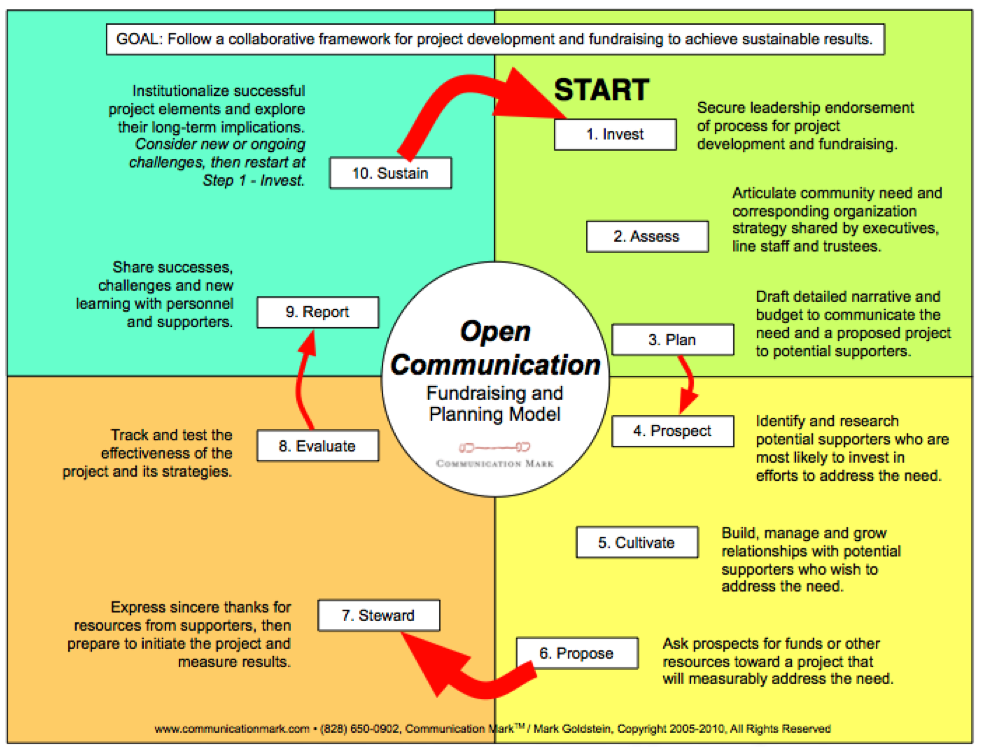Has your organization ever teamed up with another bike/pedestrian organization to host an event? Worked with city or county government to build a new trail or provide safety programming? Joined forces with public health officials to encourage healthy, self-powered transportation options? Applied for a grant with another organization?
If so, you’re already a veteran of organizational collaboration. But how can you be sure you’re entering into an alliance that works well for your organization? When applying jointly for funding, what are the best practices? We asked two experts in nonprofit collaboration to join us for our March webinar to teach us the tricks of the trade.
Note to Alliance members:The recording and extended tipsheet from this webinar are available in the Resource Library. Please log in to gain access to the Resource Library. Email This e-mail address is being protected from spambots. You need JavaScript enabled to view it if you have questions on how to log in.
Thomas McLaughlin, the author of five books on nonprofit management including “Nonprofit Mergers and Alliances,” showed that there are more kinds of alliances than you might have thought, requiring varying degrees of integration between partners.

Collaboration not a new idea: Farm cooperatives have been around for more than 150 years and even today, farmers who belong to a cooperative typically make more money and have fewer expenses because they’re getting together with others. That’s a horizontal collaboration, involving independent entities that cooperate but remain separate entities.
Form follows function, Tom said. Be clear first on the collaboration goal and then think about the structure that can be used to make it happen.
Tom also referenced mission-based nonprofit collaboration, like the Refugee Health Collaborative in Philadelphia, which is comprised of a nonprofit physician group and a social service organization. The health collaborative would give medical care to new immigrants and then direct them to the social service organization, which would help people with other needs like housing and food.
Mark Goldstein, president and CEO of Communication Mark, which specializes in nonprofit fundraising, gave some pointers on collaborative grantwriting.
Grantors will want to see that each collaborator is contributing something of value and they want to see a clearly defined partnership. He suggested writing Memoranda of Agreement/Understanding with organizations that you find effective, reliable, and stable.
This model of the 10 stages of developing grant proposals can be helpful in the context of collaboration:

Everyone has a role to play, says Mark. With a trail group he helped recently, the county was the one putting together the money, but the trail association had a key role in turning out public support for the proposed trail -- and proven public support was a requirement for the grant.
You can even collaborate with organizations that you have nothing in common with except this one issue, Tom and Mark said, as long as both organizations are absolutely clear about what they want.
Note to Alliance members:The recording and extended tipsheet from this webinar are available in the Resource Library. Please log in to gain access to the Resource Library. Email This e-mail address is being protected from spambots. You need JavaScript enabled to view it if you have questions on how to log in.

